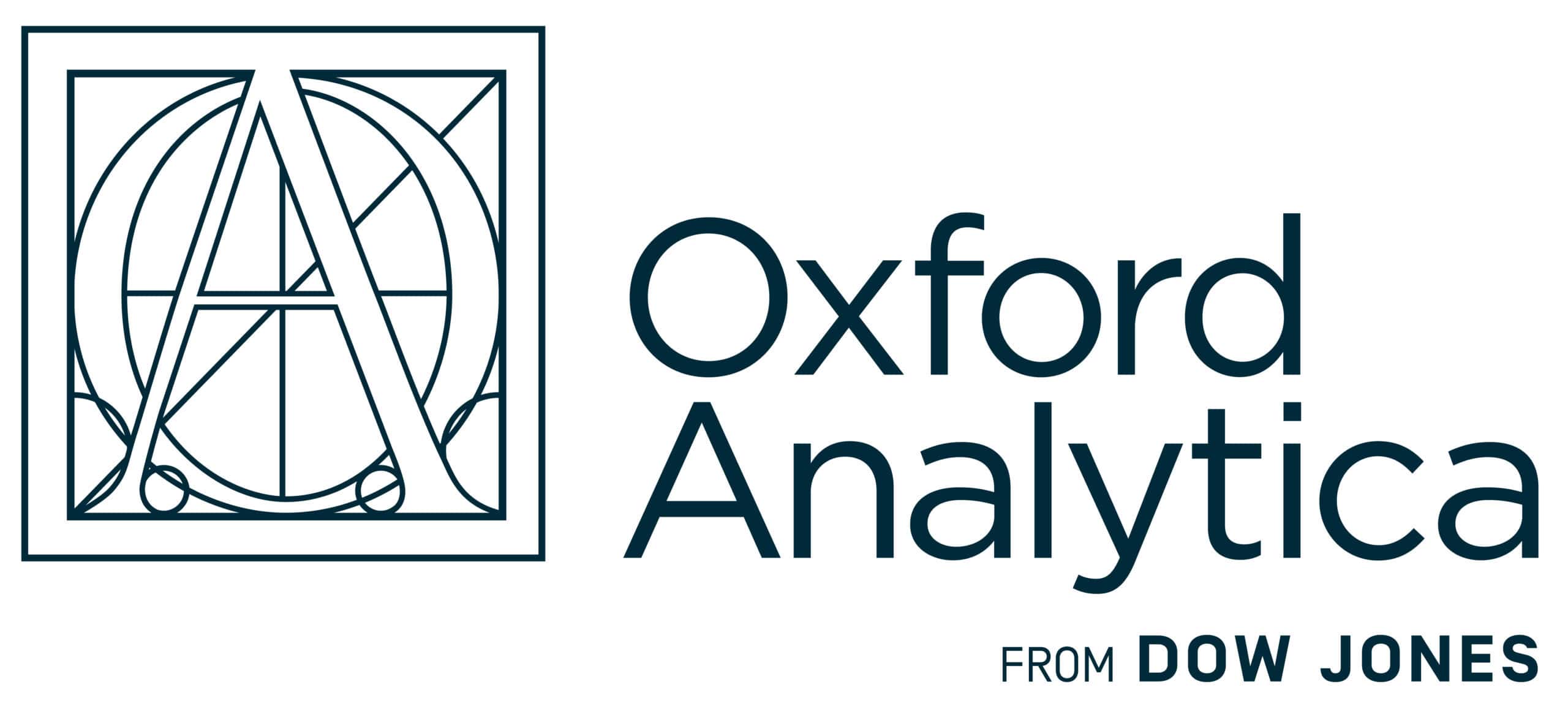US President Donald Trump’s Gulf visit prioritised commercial and military deals over ideological causes
US President Donald Trump on May 16 completed a tour of Saudi Arabia, Qatar and the United Arab Emirates (UAE), which yielded contracts valued in the trillions of dollars. The Gulf states displayed projects in real estate, tourism and artificial intelligence (AI), aiming to attract US investments. For his part, Trump addressed regional issues, but with a message that “the ancient conflicts” should be set aside in favour of the kind of development undertaken by the Gulf states.
What’s next
Subsidiary Impacts
- Despite close Trump ties, the Gulf states are unlikely to roll back strong economic links with China.
- US-Gulf AI cooperation will invite scrutiny due to fears of potential Chinese access to US technology.
- Gulf investments are likely to flow into Syria after the United States lifts sanctions completely.
Analysis
The Trump visits showed US-Gulf relations shifting to an enthusiastic transactional mode. Reported commercial pledges added up to more than USD3tn, including import deals and US-bound investments announced by the White House and the Gulf hosts. This is nearly double the combined GDP of Saudi Arabia, Qatar and the UAE (see SAUDI ARABIA: Riyadh plays to Trump’s transactionalism – May 14, 2025 and see QATAR: Economic ties with Washington will strengthen – May 15, 2025 and see UNITED ARAB EMIRATES: US commercial ties will grow – May 16, 2025).
Even though delivery will certainly fall short of these pledges, the intent was clear: to portray the commercial and strategic relationship between these Gulf Arab countries and the United States as a key driver of global economic growth and prosperity.
The commercial agreements are dominated by weapons procurement, aircraft sales and exports of technology services, as well as advanced computer chips. With scant details on the delivery schedule, the military and aviation contracts are likely to spread over years, extending well beyond the end of Trump’s second presidential term.
The visit underlined strong Gulf interest in securing US inputs into the technology sector. On the eve of Trump’s arrival in Riyadh, Saudi Arabia’s Public Investment Fund (PIF, the country’s sovereign wealth fund) announced the launch of HUMAIN, a venture dedicated to investing and operating across the AI value chain, contributing to Saudi Arabia’s drive to become a global hub for AI. During the visit, US-based Nvidia announced a contract to supply 18,000 of its most advanced Blackwell chips worth USD700mn.
Saudi-Emirati AI rivalry will heat up
Saudi Arabia faces stiff competition from Abu Dhabi in the race to establish a commanding position in AI (see SAUDI ARABIA: Energy wealth will help Saudi AI drive – October 16, 2024 and see UNITED ARAB EMIRATES: Access to US chips is sought – March 14, 2025 and see UNITED ARAB EMIRATES: AI plans will check US criticism – June 4, 2024). Trump signed an agreement with the Emirati president, Mohammed bin Zayed Al Nahyan, to establish a UAE-US AI campus in Abu Dhabi, described as the largest such centre outside the United States, with power capacity of 5 gigawatts.
The UAE committed to abiding by security guarantees preventing the diversion of advanced US AI technology to China. Another condition of the deal is for the UAE to invest in 5 gigawatts of power capacity for data centres in the United States.
Oil weighs on deals
During his Abu Dhabi visit, Trump received a commemorative capsule of Murban crude oil — the UAE’s leading crude oil grade. This served as a reminder of the continuing critical importance of Gulf oil and gas to the region’s attraction for global business (see GULF STATES: Weak oil prices will raise economic risks – May 12, 2025).
There was little public discussion of oil or Trump’s tariffs during the tour, but both these issues will have a powerful bearing on the feasibility of the commercial and investment deals. Concerns over the implications of an escalating US-Chinese trade war had pushed oil prices down, based on the assumption that a Chinese economic slowdown would depress oil demand in Gulf exporters’ largest market. However, the 90-day tariff reduction agreement has reduced some of the pressure on Gulf states.
Saudi Arabia’s decision to increase its output as part of an accelerated programme by OPEC+ to reverse previous cuts was an additional factor in pushing oil prices down (see SAUDI ARABIA: Oil policy faces uncertain outlook – November 25, 2024). This was broadly positive for Trump, since it will lower petrol prices in the United States. However, it also threatens to inflict a heavy blow on US oil producers, whose costs are significantly higher than those in the Gulf.
Low oil prices will inevitably render it more difficult for the Gulf States to deliver the financial dividends that Trump is expecting, especially if the oil price continues to hover below USD70 per barrel.
Political alignments
The tour also underlined Trump’s openness to the regional strategic policies of his Gulf hosts — together with Turkey, whose president, Recep Tayyip Erdogan, virtually attended Trump’s meeting in Riyadh with Syrian leader Ahmed al-Sharaa. This engagement extends to several of the region’s complex issues, including Iran, Yemen and Syria — and diverges significantly from Israeli government preferences.
Trump is aligning with the Gulf states on regional issues
Trump did not rule out a massive military operation against Iran’s nuclear facilities, sometimes advocated by Israel, but he made it clear that he would much prefer a negotiated solution (see IRAN: US pressure on Tehran will continue to build – May 14, 2025). Gulf Arab states were sceptical about the previous agreement negotiated by the Obama administration, which Trump revoked, but they have lent support to Trump’s latest initiative as part of their strategy of engagement with Iran. One proposal under consideration would entail Gulf Arab states forming a consortium with Iran to produce nuclear fuel at its existing sites for civilian use under tight international supervision.
A deal on Iran’s nuclear programme would likely include lifting sanctions on Iranian oil exports. This would depress oil prices in the short term, hitting Gulf Arab oil export revenue. However, the Gulf states would benefit from a marked reduction in regional tensions, which would facilitate their investment drive. Over the longer term, they could also begin engaging in the Iranian market.
Gulf leaders strongly encouraged Trump’s decision to meet the Syrian president and announce the lifting of US sanctions — implying a disengagement from Israel’s attempts to constrain the new government in Damascus (see ISRAEL: Forces are set for an indefinite stay in Syria – February 28, 2025).
During his visit, Trump referred to the recent US bombing campaign against the Huthis (the group controlling north-western Yemen), without explaining why he called an abrupt halt while Israel was gearing up to respond to a Yemen-launched missile strike on Ben Gurion airport. The US de-escalation here also aligns with Riyadh’s ongoing efforts.
By contrast, US-Gulf engagement on the Israeli-Palestinian issue remains more complex. Trump has made it clear that he wants the Gaza conflict to end, whereas Israel has embarked on a new offensive. However, he did reiterate his proposal for the United States to take over the territory while resettling the population elsewhere, something that the Gulf states oppose.
Ultimately, Trump has shown little readiness to pressure Saudi Arabia on opening diplomatic ties with Israel. He expressed regret that Saudi Arabia does not wish to join the Abraham Accords between Arab states and Israel, but he made clear that he understood Riyadh’s reasons (see SAUDI ARABIA/US: Trump’s visit offers opportunities – April 14, 2025).



